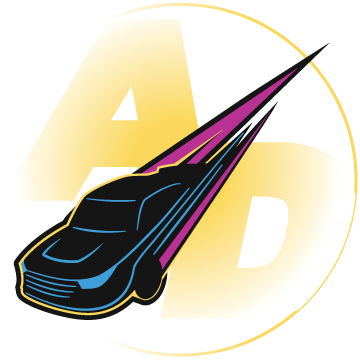With NASCAR currently in its two-week break for the Olympics, fans have discussed which drivers would be part of an Olympic racing team if motorsports were an Olympic sport. It’s fun to hypothesize which drivers NASCAR would choose to send to Paris to compete for the United States. But what would an Olympic race with stock cars look like? Specifically, the schedule? Which tracks would be included? Let’s have some fun and see what a NASCAR Olympic schedule would look like.
To clarify for the intermediate category, this is focusing on one-and-a-half miles in length. What better intermediate to kick off the Olympic schedule than the home of NASCAR, Charlotte Motor Speedway? Since the Next Gen Era, CMS has produced some of the best racing every single season. The 2022 and 2023 Coca-Cola 600 are both rated with over 90% on Jeff Gluck’s “Was it a Good Race” poll and have had some iconic moments, such as Kyle Larson vs. Chase Briscoe and Ryan Blaney ending his winless streak.
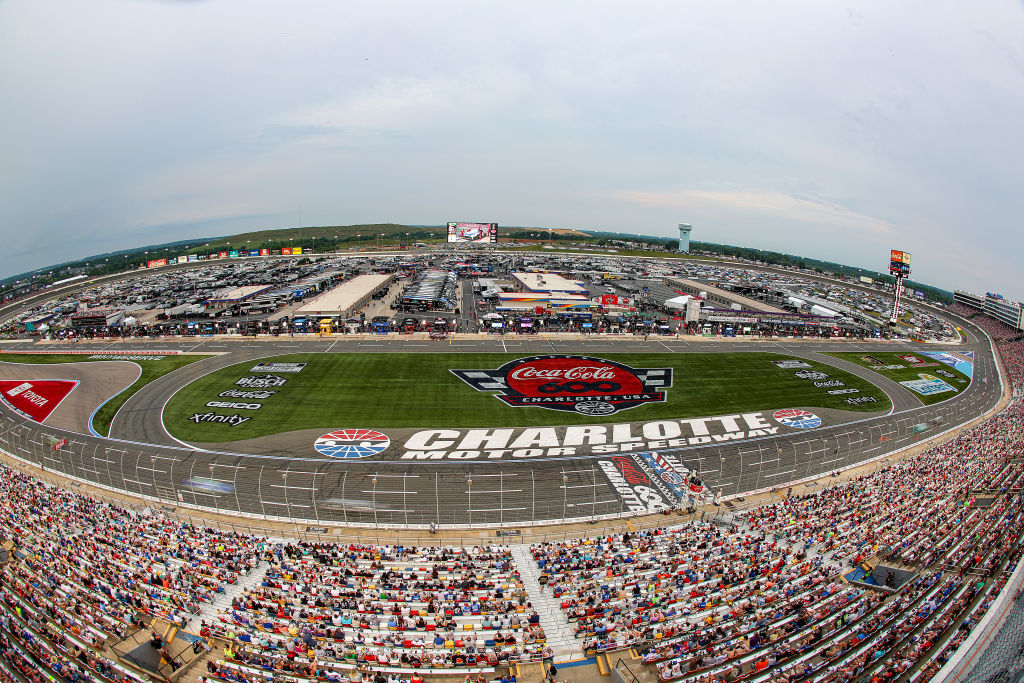
Kansas Speedway was also considered for this spot. It’s produced just as good, if not better, racing and deserves an honorable mention. Charlotte is chosen over Kansas because its prestige is greater than Kansas’, and being the home of many race teams, it makes sense to have at least one race in their backyard. The home of the Coca-Cola 600, the Roval, and a host of a NASCAR Olympic schedule.
Superspeedway racing is unique to NASCAR. Pack racing with over 30 cars inches from one another makes the sport unique and would be a pivotal skill in an Olympic schedule. There are three tracks to choose from, but the clear choice is Daytona International Speedway. Home of the Daytona 500 and Coke Zero Sugar 400, this track commands attention and skill to reach victory lane. No track on the schedule (besides Indianapolis) carries the prestige that Daytona does. Whether its the first race of the season, 4th of July weekend, or the regular-season finale, every driver wants to win at Daytona.

While the nature of pack racing allows for an underdog winner to happen, typically, it’s the drivers up front all year that find themselves taking the checkered flag due to their ability to work the draft and pick the right lanes at the right time. Talladega deserves an honorable mention, as well as Atlanta, but if any track was to represent superspeedway racing, it has to be Daytona.
This section was the hardest to pick. There are plenty of good short tracks on the schedule, all with unique styles and characteristics. In the end it came down to which track raced the most like a “short track” and that’s when the decision was made on Martinsville Speedway. The “Paperclip” is the classic short track that requires not only a fast car, but close quarter action that requires using the bumper to move guys out of the way.
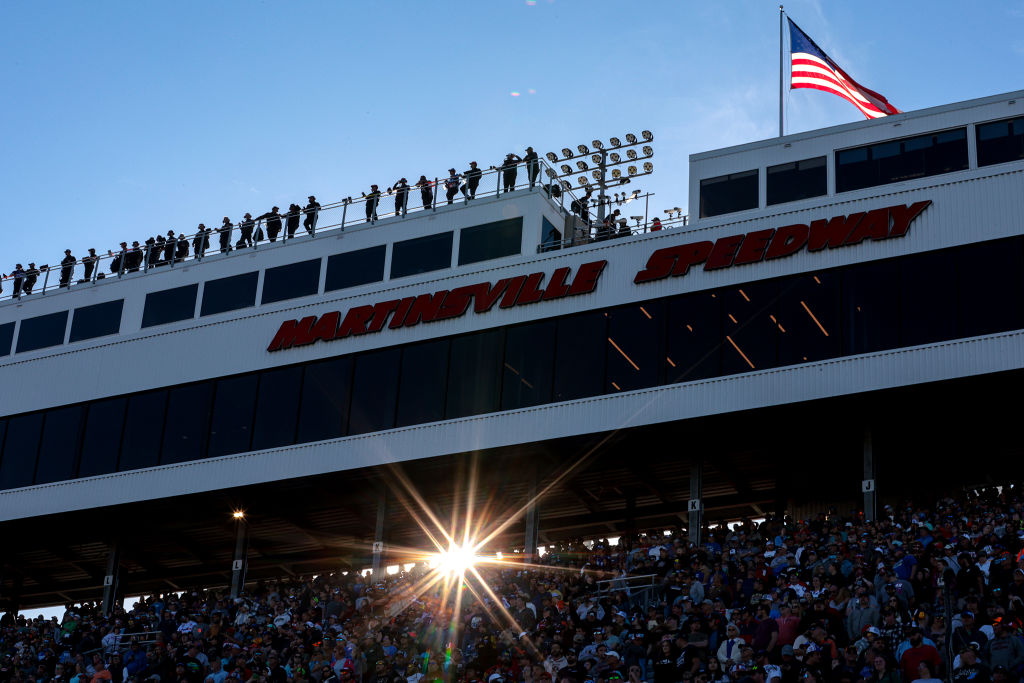
Bristol Motor Speedway was nearly the track in this spot, but Martinsville races more like a traditional short track than Bristol, although the racing is still fantastic. Tracks like Richmond and Iowa do not race like a traditional short track where the bottom of the dominant line and you have to use the chrome horn to make up places, and North Wilkesboro is still too new, especially with the repave. There are plenty of good choices for this spot, but one screams short-track racing, unlike the others, and that is Martinsville.
Road-course racing has risen in the NASCAR world over the past five to six years. Since 2018, six new road courses have been added to the Cup Series schedule, with two still on the schedule today (Chicago and COTA). However, being a NASCAR Olympics, which road course fits the Cup Series the best? That would be Watkins Glen.
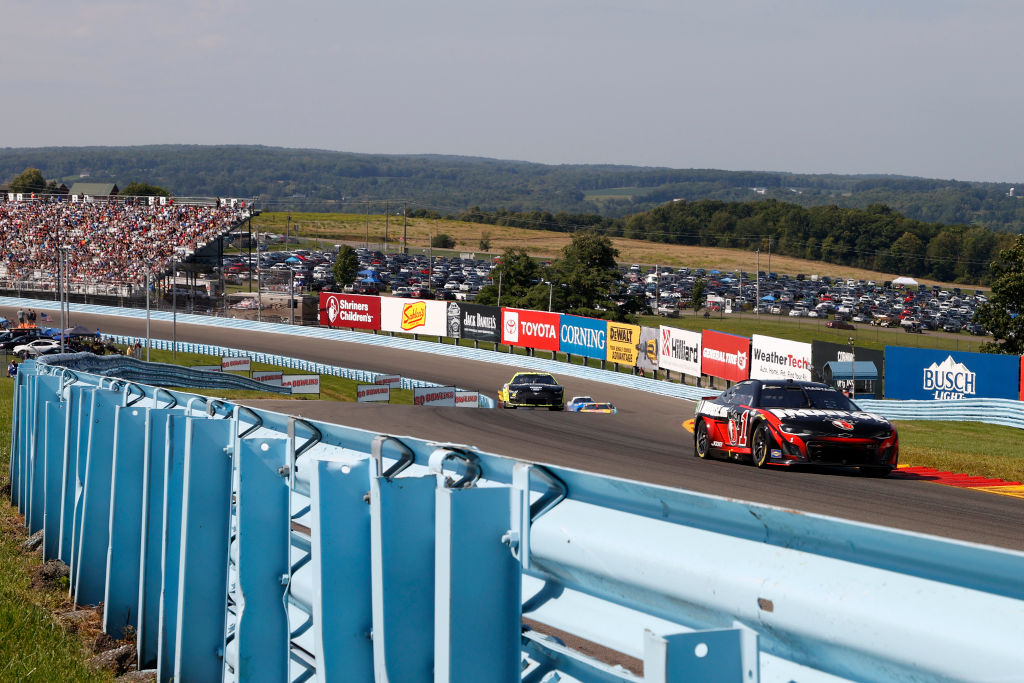
The Glen’s fast-paced nature plays in hand with a NASCAR stock car. Even with all the new road courses added to the schedule, it is still considered the top road course amongst most NASCAR fans. Racing at Sonoma has been lackluster recently, and COTA did get some consideration. However, it fits F1 cars more than stock cars, and Chicago has yet to run a traditional race not threatened by rain or darkness to get a perfect gauge at the track.
There are so many unique tracks on the NASCAR schedule. Some that don’t fit in any of the categories previously mentioned. A NASCAR Olympic schedule should include at least two of these types of tracks. The first one is Indianapolis Motor Speedway. While the racing has not been great, the fuel strategy presents a unique strategy race that most tracks on the schedule typically don’t deliver. Plus, anytime something as prestigious as the Olympics is involved, it has to include the most prestigious race track in the world.
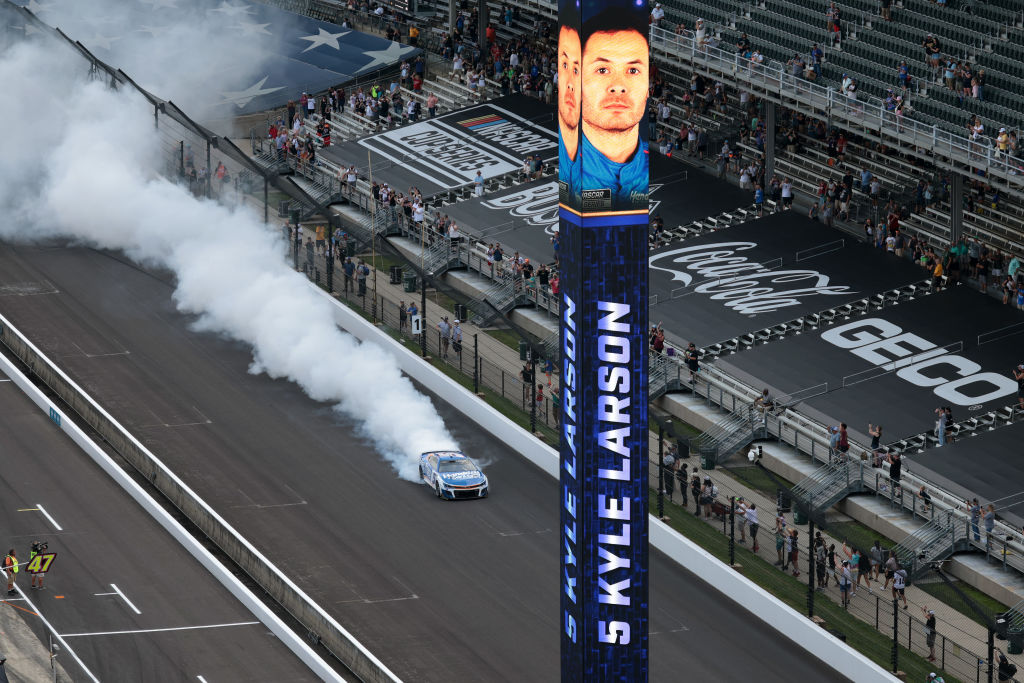
The last track on this list is one of the sport’s most iconic. While Darlington Raceway might seem like an intermediate on paper, it has enough unique qualities that keep it out of that category. Its smaller size (1.366 miles) and demanding nature require the best-of-the-best to run up front. Home of the Southern 500, it carries the prestige that tracks like Daytona and Charlotte have, earning itself the final spot on this list.
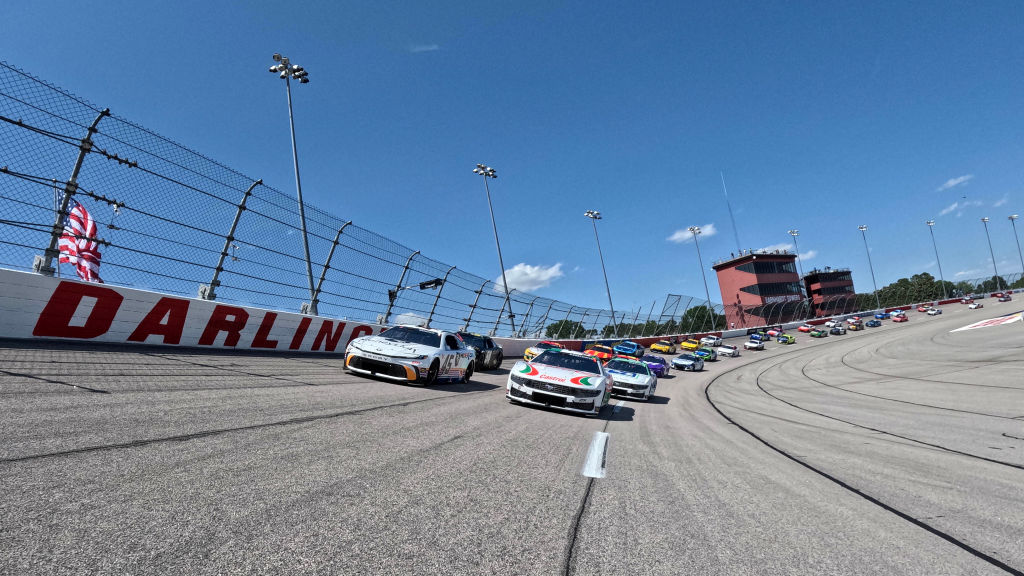
What do you think about all this? Let us know on Discord or X what your take is, and don’t forget you can also follow us on Instagram, Facebook, and even YouTube.
